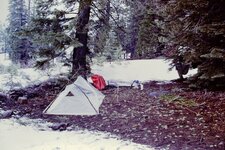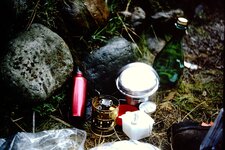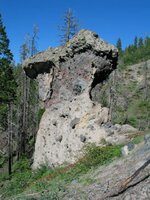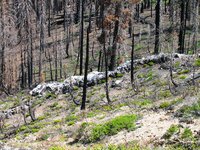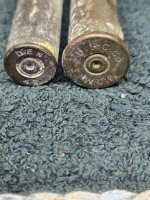MadMarshall
Hero Member
Sanity is not a prerequisite for bein a prospector. In fact it seems to me that one must be lacking such to even consider it as career or life. The latter applies to me.. I'm just looking for THE ONE.. I cant say I know what exactly that entitles but I can say so far I haven't found it. Is it ever enough?
The seasons have changed and the wet is upon us.. And for most this aint the time to be looking for gold.. But for me this is a awesome time.. So much water and puddles and I am no longer hindered by the the whims of water. Till about April May water should be plenty and this affords me the opportunity to get out away from rivers and creeks and actually start prospecting again.. The rivers and creeks have some awesome opportunities for gold .. But Ill say this not nearly as much as higher up. Different times of year can provide different opportunities and believe me it pays to make use of them.. I figure if you already don't know where your goin to be spending the majority of your time digging by April/May of the following year then you are behind.. Well I'm looking forward to bein wet and cold . And maybe one of these days I actually find what I'm looking for..
Well I wish you all well and happy holidays..
The seasons have changed and the wet is upon us.. And for most this aint the time to be looking for gold.. But for me this is a awesome time.. So much water and puddles and I am no longer hindered by the the whims of water. Till about April May water should be plenty and this affords me the opportunity to get out away from rivers and creeks and actually start prospecting again.. The rivers and creeks have some awesome opportunities for gold .. But Ill say this not nearly as much as higher up. Different times of year can provide different opportunities and believe me it pays to make use of them.. I figure if you already don't know where your goin to be spending the majority of your time digging by April/May of the following year then you are behind.. Well I'm looking forward to bein wet and cold . And maybe one of these days I actually find what I'm looking for..
Well I wish you all well and happy holidays..
Amazon Forum Fav 👍
Upvote
0


